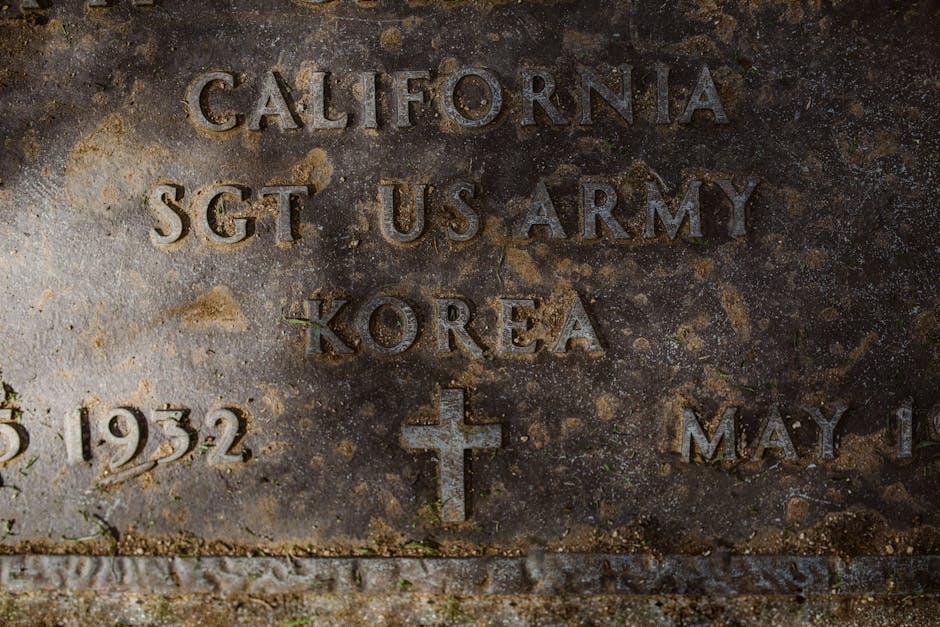The American death penalty system has undergone a significant transformation in recent years, with President Joe Biden’s recent actions serving as a
notable
milestone in this ongoing shift. By commuting the sentences of nearly all federal death row inmates, President Biden has not only spared the lives of 37 individuals but also contributed to a broader trend towards reducing the number of executions carried out across the country.
While Biden’s commutations primarily impact federal prisoners and do not extend to state-level cases, they reflect a larger movement towards reevaluating and limiting the application of the death penalty. This trend is further underscored by data showing a decline in both death sentences and executions at both state and federal levels since their peak in the 1990s. Factors contributing to this decline include an overall decrease in crime rates, shifting public attitudes towards capital punishment, and improvements in legal representation for defendants facing death sentences.
In addition to these overarching factors, legal developments and Supreme Court rulings have played a crucial role in shaping the trajectory of capital punishment in the United States. Decisions such as Furman v. Georgia (1972) and Gregg v. Georgia (1976) established frameworks for evaluating when death sentences are permissible based on mitigating and aggravating circumstances. These legal precedents have guided capital trials by emphasizing fair procedures and considerations of individual circumstances.
One key contributor to the decline in death sentences highlighted by experts like Duke University law professor Brandon Garrett is the improvement in legal representation for capital defendants. A well-prepared defense team that can humanize defendants before juries has proven instrumental in securing alternative sentencing outcomes beyond death penalties. This shift reflects a broader recognition of the importance of adequate legal resources for ensuring fair trials and just outcomes.
Despite these positive trends, potential challenges loom on the horizon that could impact the future trajectory of capital punishment in America. The composition of the Supreme Court, particularly its conservative majority, raises concerns about potential shifts towards more punitive sentencing practices and fewer safeguards for defendants facing capital charges. Recent decisions like Bucklew v. Precythe (2019) suggest a willingness among some justices to revisit longstanding Eighth Amendment principles regarding cruel and unusual punishments.
As debates around criminal justice reform continue to shape policy discussions nationwide, it remains critical to monitor how evolving legal landscapes intersect with societal attitudes towards capital punishment. While recent actions signal progress towards limiting executions and promoting fairness within the justice system, ongoing vigilance is necessary to ensure that reforms uphold constitutional protections and reflect evolving standards of decency within society.
By examining historical trends, legal frameworks, and social dynamics influencing capital punishment practices, stakeholders can gain deeper insights into how this complex issue continues to evolve within contemporary American society.











Leave feedback about this